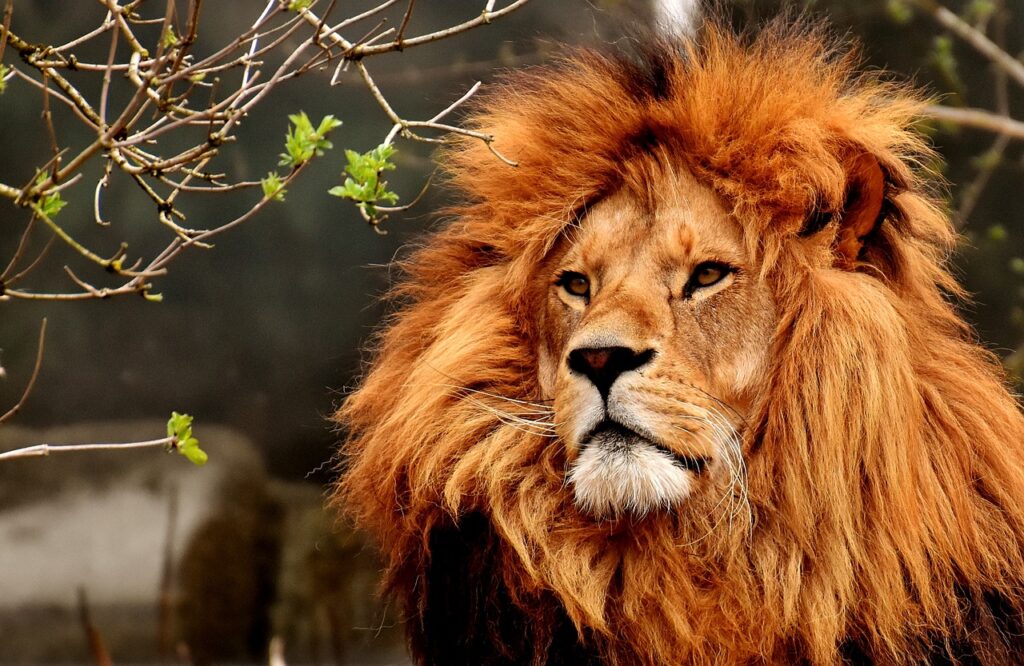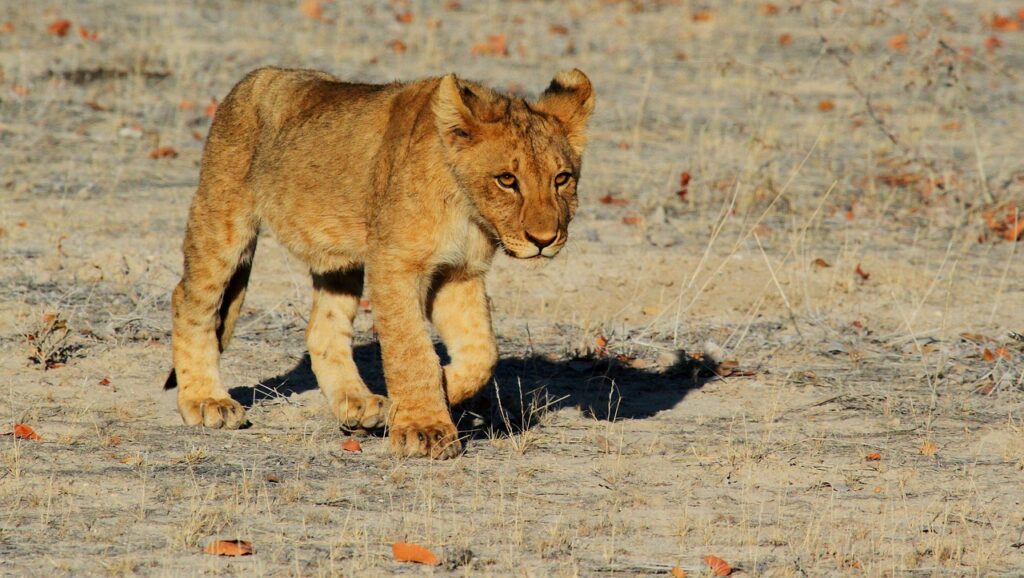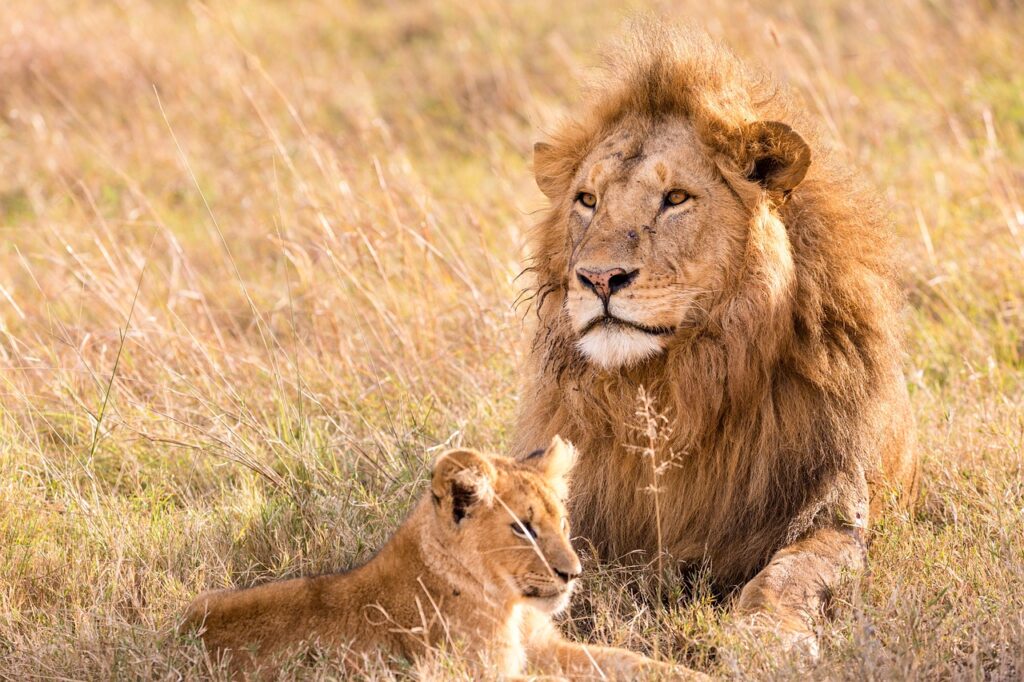Lions, often referred to as the “Kings of the Jungle,” are among the most iconic wild animals in the world. With their impressive manes, powerful roars, and dominant presence in the animal kingdom, lions captivate the imagination of wildlife enthusiasts everywhere. This article dives deep into the world of lions, exploring their habitats, behaviors, and the vital role they play in the ecosystem.
The Natural Habitat of Lions
Where Do Lions Live?
Lions primarily inhabit grasslands, savannas, and open woodlands. Contrary to the popular phrase “King of the Jungle,” lions are rarely found in dense forests. They thrive in areas where prey is abundant and water sources are nearby. Countries like Kenya, Tanzania, Botswana, and South Africa are home to some of the largest lion populations.
The Lion’s Role in the Ecosystem
Lions are apex predators, meaning they sit at the top of the food chain. Their hunting patterns regulate prey populations, ensuring a balanced ecosystem. By controlling herbivore numbers, lions indirectly help maintain vegetation and prevent overgrazing, supporting biodiversity in their habitats.

Physical Characteristics of Lions
The Iconic Mane
One of the most distinctive features of male lions is their mane. The mane’s size, color, and density vary based on age, genetics, and environment. A darker, fuller mane often signifies strength and vitality, attracting potential mates and intimidating rivals.
Strength and Agility
Lions are built for power and speed. They can run at speeds of up to 50 mph in short bursts and leap as far as 36 feet. Their muscular bodies, sharp claws, and strong jaws make them formidable hunters.
The Social Structure of Lions
Pride Dynamics
Lions are social animals, living in groups called prides. A typical pride consists of:
- 1-2 Male Lions: Protectors and leaders of the pride.
- Several Lionesses: Primary hunters and caregivers.
- Cubs: The next generation of the pride.
This social structure allows lions to work collaboratively, increasing their chances of survival in the wild.
Communication Among Lions
Lions communicate through a combination of vocalizations, body language, and scent markings. Their roar, which can be heard up to 5 miles away, serves as a warning to rivals and a call to pride members.
Hunting and Diet
What Do Lions Eat?
Lions are carnivores, preying on a variety of animals such as:
Hunting Strategies
Lionesses are the primary hunters in the pride. They rely on teamwork and strategic ambushes to catch prey. Their cooperative hunting tactics make them one of the most efficient predators in the wild.

Threats to Lion Populations
Human-Wildlife Conflict
As human settlements expand, lions face habitat loss and reduced prey availability. Farmers often retaliate against lions for preying on livestock, leading to conflicts.
Poaching and Trophy Hunting
Illegal hunting and trophy hunting have significantly reduced lion populations. Despite conservation efforts, lions are still targeted for their pelts and as trophies.
Climate Change
Shifts in climate patterns affect prey availability and water sources, posing additional challenges to lion survival.
Conservation Efforts for Lions
Protected Reserves and National Parks
Many countries have established wildlife reserves and national parks, such as the Serengeti National Park and Kruger National Park, to protect lions and their habitats.
Community-Based Conservation
Engaging local communities in conservation efforts helps reduce human-wildlife conflict. Programs that provide financial incentives for coexistence have shown promise.
International Campaigns
Organizations like the World Wildlife Fund (WWF) and Panthera work tirelessly to raise awareness and fund initiatives aimed at lion conservation.

Fascinating Facts About Lions
- Lions are the only big cats that live in groups.
- A lion’s roar is the loudest among big cats.
- Male lions sleep for up to 20 hours a day, leaving most of the hunting to lionesses.
- Cubs are born with spots that fade as they grow older.
Frequently Asked Questions (FAQs) About Lions
Are lions endangered?
While lions are not classified as critically endangered, their populations have declined by over 40% in the past three decades, making them vulnerable.
How long do lions live?
In the wild, lions typically live 10-14 years. In captivity, they can live up to 20 years.
Can lions climb trees?
Yes, although not as agile as leopards, lions can climb trees, especially to escape heat or insects.
Conclusion
Lions are more than just majestic wild animals; they are vital to maintaining ecological balance and hold cultural and symbolic significance across the globe. Protecting these incredible creatures requires a collective effort from governments, organizations, and individuals. By supporting conservation initiatives and spreading awareness, we can ensure that future generations will continue to marvel at the beauty and strength of lions.
Explore ways to support lion conservation by visiting reputable organizations like the World Wildlife Fund or Panthera. Share this article to spread awareness about the importance of protecting lions and their habitats.
Own the king of the jungle: Click here! Giant lifelike lion over 6 feet long!

